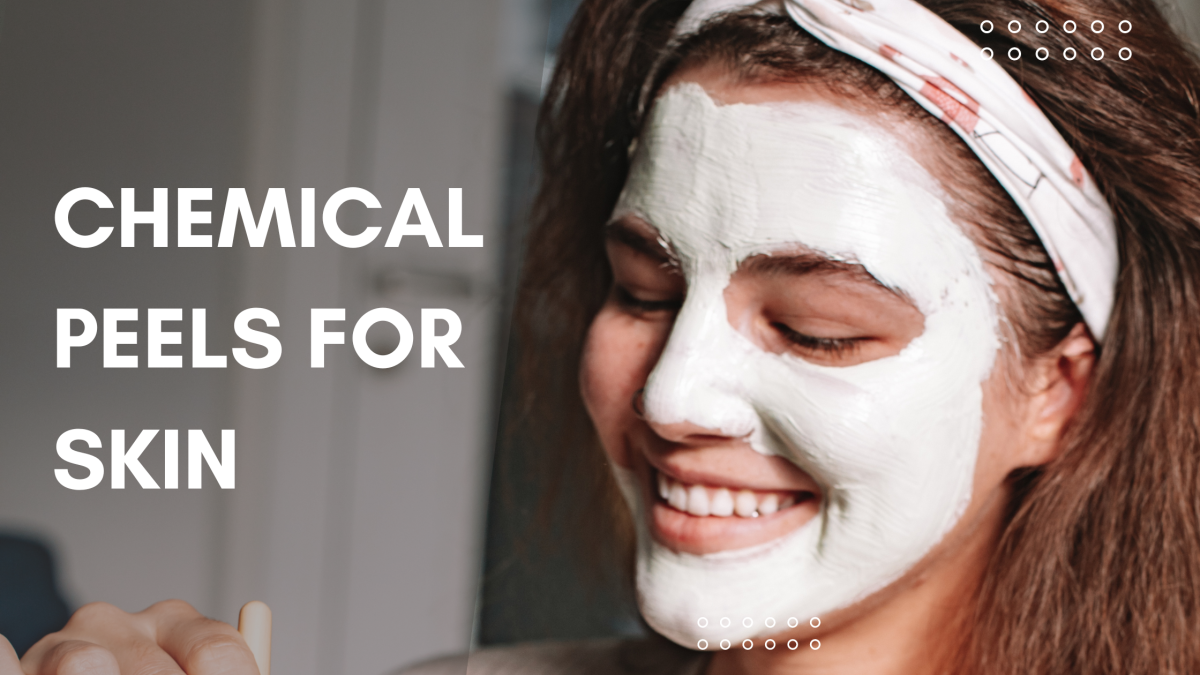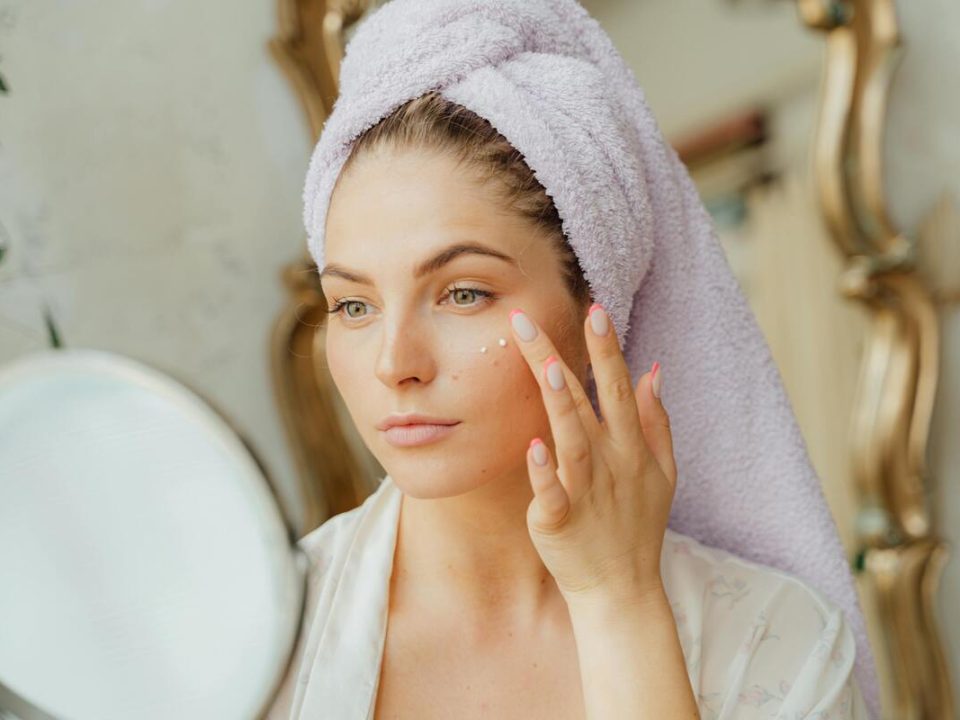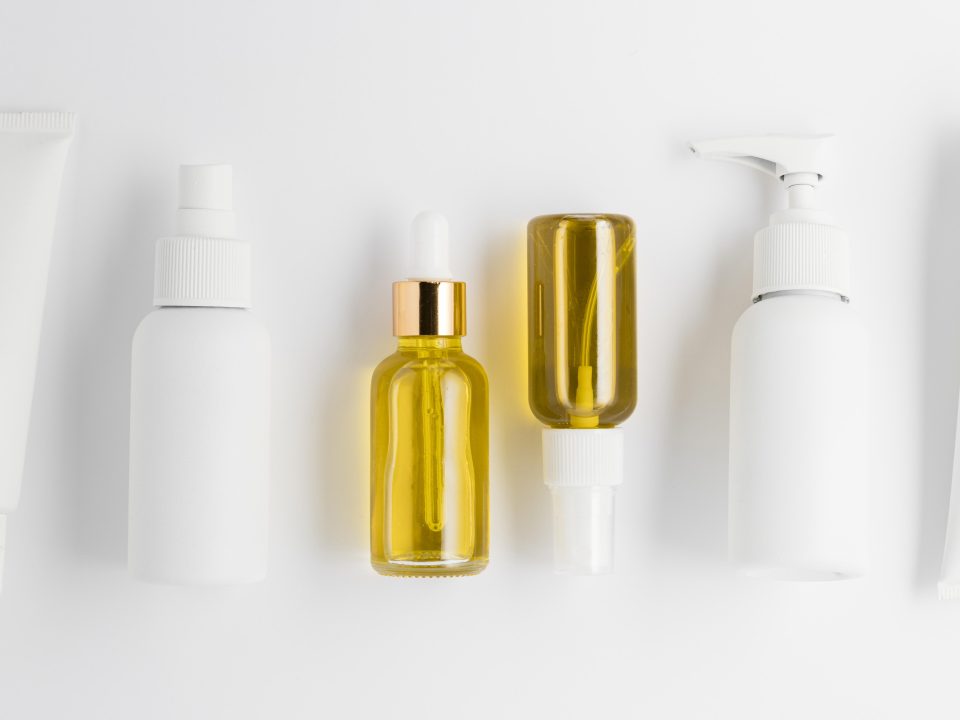
7 Common Causes of Acne and Treatments for Them
March 9, 2022
11 Most Effective Winter Skincare Tips for Glowing Skin This Season
December 16, 2022Chemical Peels- The Magic Elixir for your Skin!
There are various ways to get radiant, younger-looking skin, but chemical peels are everyone’s go-to method to get a quick glow. A chemical peel is primarily a chemical solution that is useful for removing damaged skin cells and getting healthier skin.
Chemical peels help your skin combat multiple skin issues like acne, open pores, fine lines, and discoloration to create an uplifted overall look. They also help tighten the skin and produce fresh collagen for younger-looking, smoother skin.
Various Skin Conditions that a Chemical Peel Can Treat
Chemical peels can help treat many skin conditions, including:
- Fine lines under your eyes
- Wrinkles caused by sun damage
- Certain types of acne
- Melasma
- Unwanted wrinkles
- Dull skin
- Tough skin
- Dark spots
- Sun damage
- Discoloration
- Hyperpigmentation
- Redness
- Freckles
Top Benefits of Chemical Peels for Skin
Treats Acne
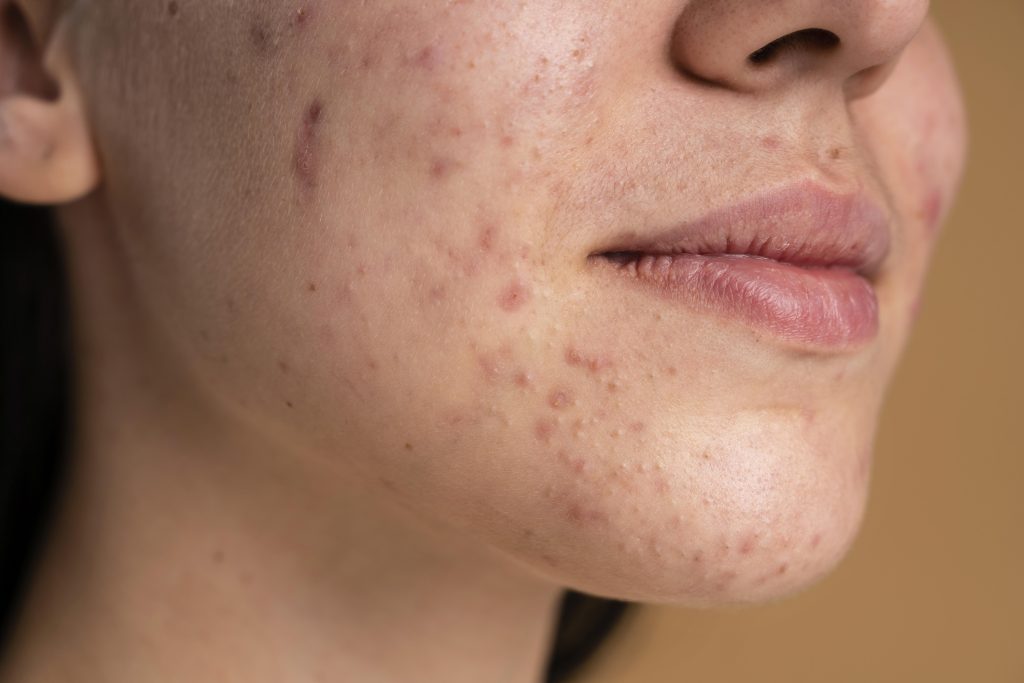
The effectiveness of topical acne treatments is limited, but a peel exfoliates deeper. A chemical peel can cleanse your skin thoroughly and bring up a new layer of skin that is fresh and free of acne.
It is better to consult a dermatologist for a personalized peel schedule, as these work best when applied in a series. Your dermatologist checks your skin’s sensitivity and then decides the chemical’s intensity and the number of sittings required.
Unclogs and Diminishes Pores
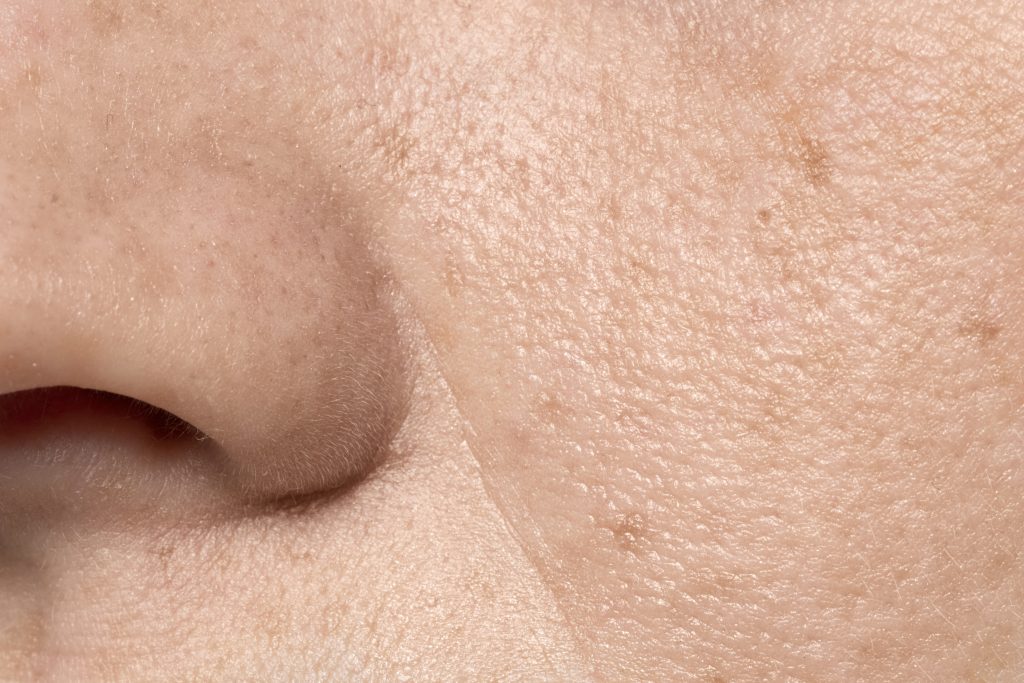
Dead skin cells and excess sebum production often clog your skin pores, making them appear more prominent and larger. Chemical peels deeply exfoliate the skin to remove dead skin cells and excess oils, thus reducing the size of pores.
Balances Texture and Smooths Skin
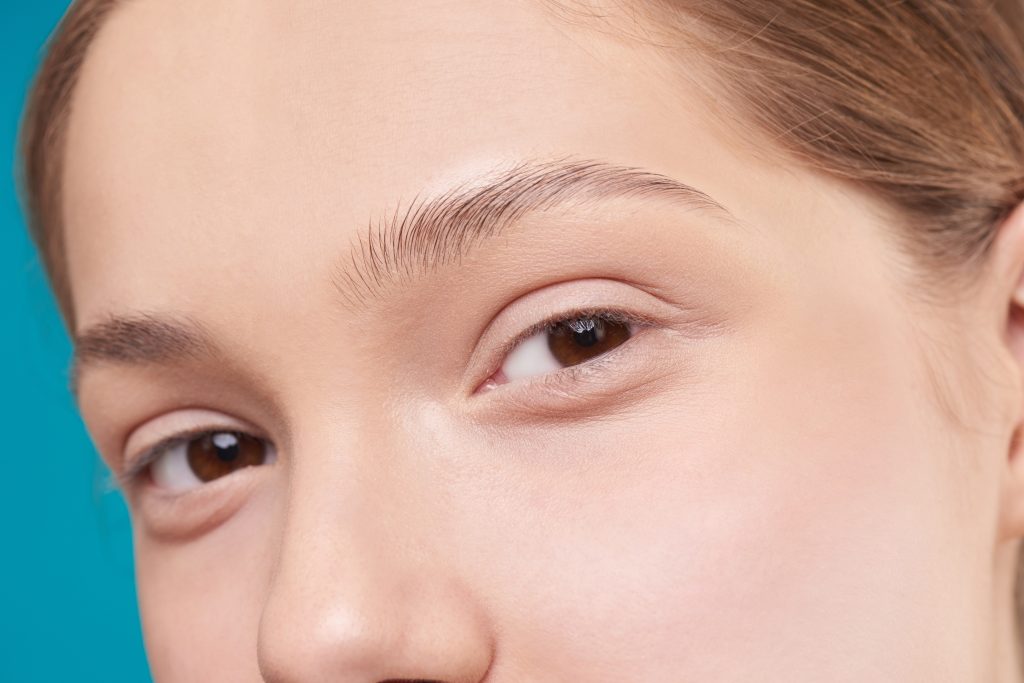
Peels are most known for their extraordinary skin-smoothing properties. Light and medium chemical peels can help balance skin texture by working on the topmost layer of the skin, making it appear more supple and smooth. The stiff layers of skin get peeled away, followed by unblemished skin. The texture of the skin becomes unmarked, making the skin turn charismatic.
Fades Discoloration

Sometimes sun spots, hyperpigmentation, and discoloration can keep you from getting the flawless skin you want. Research suggests that chemical peels can help you get rid of melasma and hyperpigmentation when used in the right concentrations and frequency.
Soothes Scarring
Scarring is often associated with permanency which is untrue. Chemical peels can diminish the scars on the skin due to acne or any other reason.
Different Types of Chemical Peels for Skin
Based on Strength

Based on the intensity, chemical peels are divided into three categories:
Light chemical Peels: This is the gentlest peel that uses mild peeling solutions such as alpha-hydroxy acid (AHA). Light or superficial chemical peel works on the topmost layer (the epidermis) of the skin to treat conditions like uneven skin tone, acne, dry skin, and wrinkles.
Medium Chemical Peels: These peels exfoliate the topmost surface and middle layer (the dermis) of the skin to help treat acne scars, uneven skin tone, and wrinkles. Multiple sittings are required before you can start seeing prominent results.
Deep Chemical Peels: Deep or heavy peels work aggressively to improve the skin’s appearance by treating conditions like persistent scars, deep-rooted acne, and acne marks. Deep skin peels are not recommended for people with sensitive skin since the process is painful and may cause irritation and take longer to recover.
Based on Chemicals

Multiple types of chemical peels are available out there, each of which serves different purposes and has unique effects. Some of the most popular peels are:
Lactic Acid Peel: It’s a light chemical peel, making an ideal choice for sensitive skin types. The acid comes from milk to gently exfoliate the skin and remove the uppermost damaged layer to improve the skin’s texture and promote the growth of a new, younger-looking layer of skin. It also moisturizes dry skin.
Glycolic Acid Peel: It’s an alpha-hydroxy acid (AHA) chemical peel that readily penetrates the skin to slough off the uppermost surface and middle layer of the skin and removes impurities, resulting in improved skin tone, texture, and overall appearance.
Retinol Peel: If you’re struggling with hyperpigmentation, sun damage, acne, and wrinkles, retinol peels can be a good choice for you. Anti-aging properties of retinol help restore the glow and young-looking appearance of the skin while removing wrinkles and fine lines. The peel also uses vitamin A, which leaves the skin vibrant, smooth, and moisturized.
Beta Peel: Beta peels are AHA peels, safe for all skin types to remove dead skin cells and stimulate cell repair, resulting in a tighter, smoother, and healthier-looking skin appearance.
Peel Away to a Better, Brighter, and Flawless Skin
Chemical peels are applied to treat various skin problems such as hyperpigmentation, wrinkles, uneven skin tone, acne, dryness, and more.
It’s advised to opt for chemical peeling under the supervision of a dermatologist who understands your skin type and the intensity of the chemical to be used.
If you want to DIY apply peels, then it’s recommended to choose mild peels from a trusted brand. Make sure to understand your skin type before applying any peel to avoid skin damage, irritation, and redness.

